by Gene Crawford | Dec 8, 2025 | Podcast
Combat sports offer far more than physical conditioning. They give people structure, community, and a brutally honest way to face themselves. Many who struggle with anxiety, depression, or identity issues find stability through training because progress is undeniable and earned. Combat sports replace stigma with connection, giving people a place to fail safely and rebuild confidence. For some, the discipline and consistency found on the mats becomes a lifeline that modern life no longer provides.
(more…)

by Gene Crawford | Dec 1, 2025 | Podcast
This episode dives deep into the hidden link between anxiety and status obsession, drawing from martial arts culture, personal stories, and a revealing Men’s Health article. We explore how fear, aggression, and substance abuse often mask insecurity, especially in sparring environments. Through the lens of martial arts training, stoic philosophy, and 25 years of gym leadership, we offer strategies for facing anxiety with purpose, not ego. From bullying scars to business stress, we show how energy, preparation, and authenticity can transform fear into strength. This is your guide to embracing discomfort, fostering accountability, and rejecting performative masculinity.
(more…)

by Gene Crawford | Nov 24, 2025 | Podcast
What if heaven wasn’t a peaceful escape, but a battleground for warriors? In this episode, we explore the myth of the Einherjar, Norse warriors who trained for Ragnarok in eternal preparation. But this isn’t just myth, it’s a mindset. We connect their legendary grit to modern challenges like discipline, failure, growth, and inner strength. Through repetition, not perfection, you’ll learn to train, fall, rise, and repeat. We fuse Norse myth with samurai philosophy to help you reframe struggle as sacred. Whether in fitness, business, or daily life, this episode gives you the tools to meet your personal Ragnarok with purpose.
(more…)

by Gene Crawford | Nov 17, 2025 | Podcast
Can we use AI to enhance human connection rather than replace it? In this Part 2 of our AI series episodes, Shekeese and I explore how humanist technology, rooted in ethics, education, and responsible use, can transform our relationship with AI. From the dangers of “AI slop” to the potential for real, inquiry-based interaction, we highlight why teaching students to treat AI like a tool, not a replacement, is crucial. We dig into tech company accountability, regulation, social media’s societal role, and even the environmental toll of data centers. This isn’t a tech utopia, it’s a call for wiser integration, grounded in understanding, purpose, and human values.
(more…)

by Gene Crawford | Nov 10, 2025 | Podcast
Discover the power of Ichigeki Hisatsu—“one strike, certain death”, and how this Kyokushin Karate philosophy can transform the way you live, train, and lead. Inspired by Masutatsu Oyama’s legendary discipline, from his mountain training to the 100-man kumite, this episode explores how acting with full intent and focus creates mastery in all areas of life. We unpack how practices like Tameshiwari (test breaking) build both physical power and mental resilience, offering tools to face fear, distractions, and doubt head-on. Whether in the Dojo, boardroom, or daily life, learn how to strike once, with purpose, and live with unwavering intent.
(more…)

by Gene Crawford | Nov 3, 2025 | Podcast
Technology is evolving faster than our understanding of it. In this episode, Shekeese and I dive into the creative and ethical tensions shaping today’s digital world. We examine how nonprofits, designers, and educators wrestle with AI-generated art versus original creativity, revealing why comprehension matters more than speed. Drawing parallels between AI mastery and martial-arts discipline, we argue that foundational knowledge must precede innovation. We contrast hustle-culture pressures, echoed by voices like Gary V., with the virtue of deliberate practice and media literacy. From rebranding challenges to copyright debates around music, NFTs, and AI, we explore ownership, authenticity, and regulation in a world where creativity and technology collide. This is a deep look at mastery, understanding, and responsible progress in the digital age.
(more…)
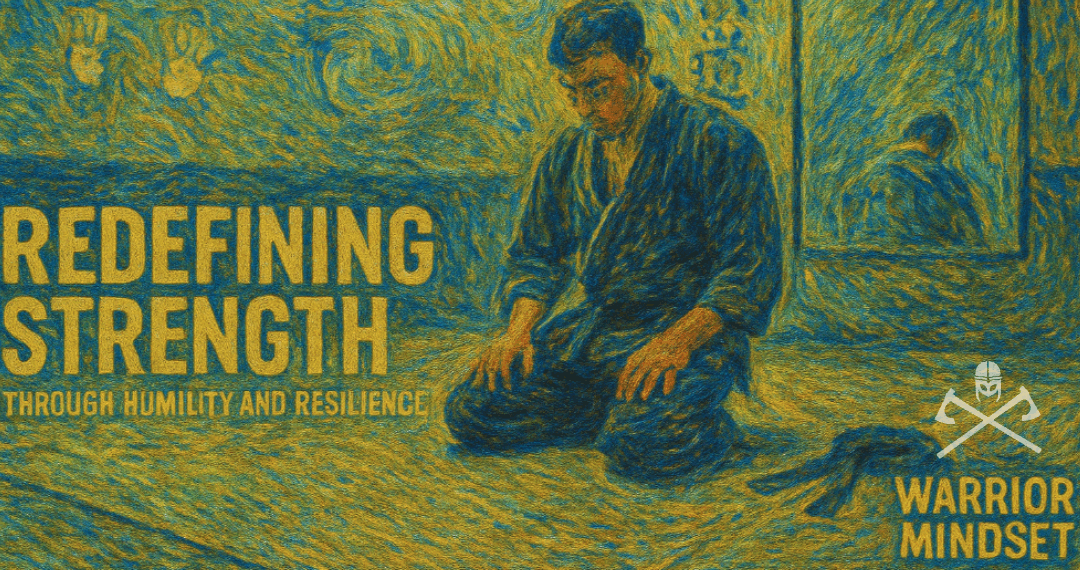
by Gene Crawford | Oct 27, 2025 | Podcast
Let’s challenge some stereotypes by dissecting this “10 Harsh Masculine Truths” post and reframing toxic masculinity as an issue of individual character. Through stoic principles, we emphasize humility, resilience, and genuine strength over cynicism or bravado. Shifting to the life in the Dojo, we explore the true meaning of earning a Blackbelt, not as an end goal but as the beginning of lifelong learning, teaching, and humility. We discuss aging as a martial artist and the importance of inclusivity and respect within the community. Finally, we unpack emotional authenticity in men, using the “crayon box” metaphor to encourage a broader range of expression, touching on gaming, comics, and other outlets that reveal how growth and effort define real strength.
(more…)
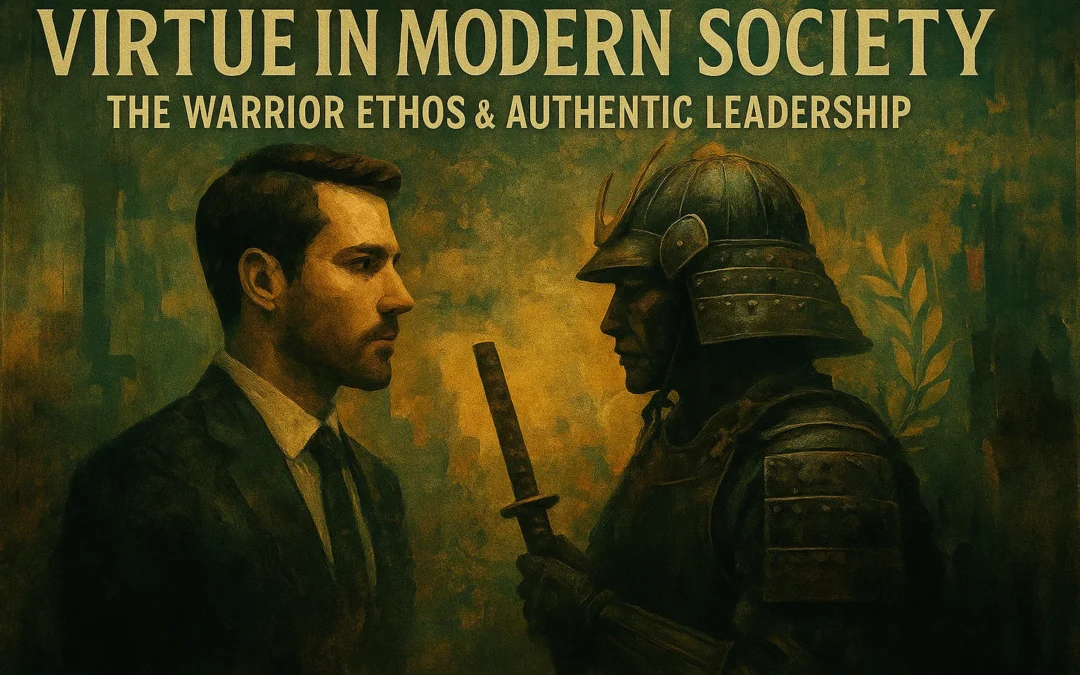
by Gene Crawford | Oct 20, 2025 | Podcast
Modern society stands at a crossroads between integrity and adaptation. In this episode, we explore whether evolving cultural norms erode traditional virtues across martial arts, entrepreneurship, and politics. Drawing from the voices of the great Stoics, we examine how societal pressure challenges long-held standards and values. We then uncover the essence of the warrior ethos, rooted in wisdom, justice, fortitude, and temperance, through examples from Gladiator, Naruto, and real-world practice. We dissect leadership in the modern age, contrasting authenticity with performative virtue. From Marcus Aurelius to today’s influencers, we reveal how social media often rewards image over integrity, urging a return to genuine strength and disciplined conviction.
(more…)
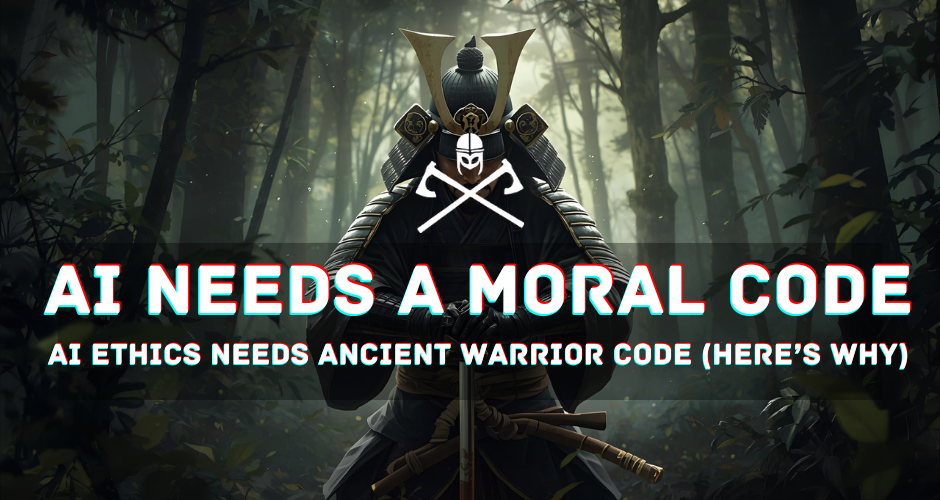
by Gene Crawford | Oct 13, 2025 | Podcast
What can the ancient Samurai teach us about the ethics of artificial intelligence? Let’s explore how the timeless code of Bushido; righteousness, courage, benevolence, and more. offers a surprisingly powerful framework for confronting AI’s most urgent ethical dilemmas. From deep fakes and bias in hiring algorithms to unchecked corporate profit motives, we ask whether today’s AI reflects a future of honor or exploitation. Join us as we bridge ancient warrior wisdom with cutting-edge technology, and challenge developers, leaders, and everyday users to adopt a human-centric approach before it’s too late.
(more…)
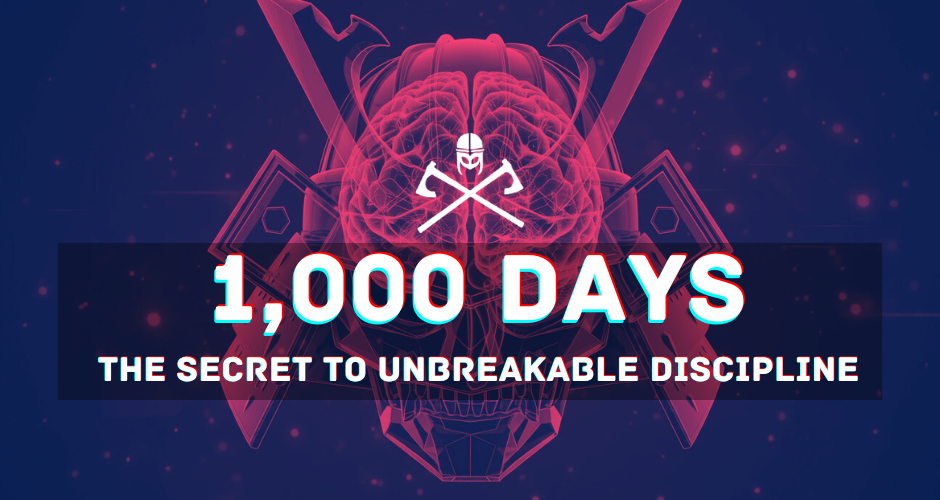
by Gene Crawford | Oct 6, 2025 | Podcast
What would happen if you committed to a single pursuit for 1,000 days, no breaks, no excuses? In this episode, we dive into the extraordinary life of Mas Oyama, founder of Kyokushin Karate, and the transformative power of the 1,000‑Day Rule. From post-war isolation in the mountains to legendary feats like fighting bulls and conquering the hundred‑man kumite, Oyama’s relentless discipline forged an unbreakable spirit. We translate these lessons into practical strategies for modern life, whether fitness, business, or personal growth, showing how sustained effort, daily habits, and embracing discomfort can reshape who you are. This is a blueprint for mastery.
(more…)
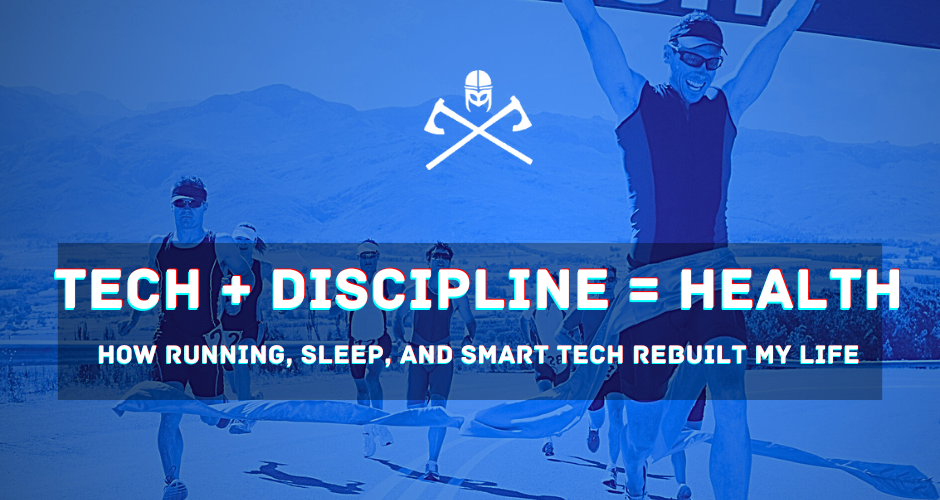
by Gene Crawford | Sep 29, 2025 | Podcast
What happens when a health scare rewrites your entire life story? In this heartfelt episode, Carl shares how a commitment to better habits, less alcohol, more sleep, regular exercise, intersected with smart technology to spark a full-body transformation. From tracking sleep with the Oura ring to facing down a surprise heart diagnosis, he walks us through the highs, lows, and lessons. We explore the emotional power of running, journaling, and reconnecting with old friends, along with the modern tools that make us smarter, stronger patients. If you’re navigating anxiety, aging, or health uncertainty, this one’s for you.
(more…)

by Gene Crawford | Sep 22, 2025 | Podcast
Can the wisdom of ancient samurai help you master stress in the modern world? In this episode, we explore how the code of Bushido can transform anxiety into strength. Learn how practices like box breathing, reflective journaling, and negative visualization create mental clarity, resilience, and self-control. Discover the power of crafting your own personal code rooted in honor, justice, and compassion, and how living with purpose can turn everyday stress into fuel for growth. This is more than stress management; it’s a warrior’s path to inner peace and emotional mastery. Discipline is the sword. Purpose is the armor.
(more…)
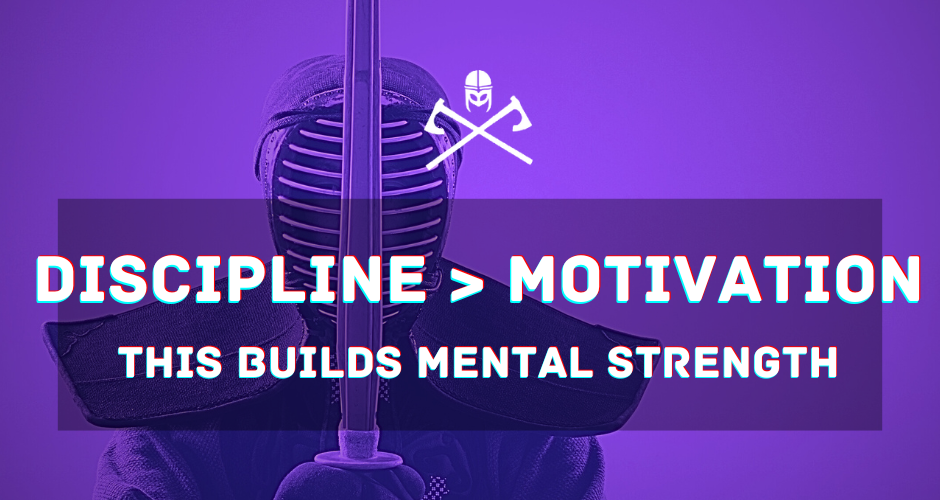
by Gene Crawford | Sep 15, 2025 | Podcast
Unlock the foundations of an unbreakable mindset through the discipline-driven philosophies of Jocko Willink, Miyamoto Musashi, and David Goggins. This episode dives deep into the power of consistent daily action, waking early, making your bed, checking your gear, as the building blocks of real mental toughness. We explore how embracing voluntary hardship, journaling for self-awareness, and strategic digital detoxes can strengthen your resolve and clarity. Motivation fades, but discipline endures. Whether you’re chasing mastery or simply trying to show up stronger every day, this episode offers a roadmap to resilience and a call to take ownership of your mind, your habits, and your legacy.
(more…)
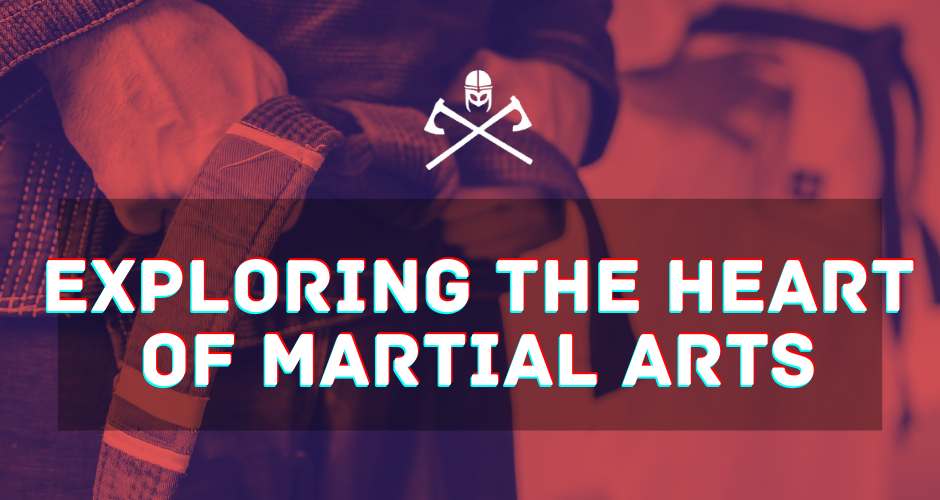
by Gene Crawford | Sep 8, 2025 | Podcast
Step into the world of martial arts as we explore the classic debate of grapplers versus strikers, diving into the strengths of jiu-jitsu, boxing, and Muay Thai while showing how blending disciplines creates well-rounded fighters. Through personal stories and humorous gym anecdotes, we reveal how martial artists mature, discovering that no style stands alone. We also highlight the colorful chaos of Street Beefs alongside the composed legacy of UFC legend Demetrius Johnson, touching on shark tanking challenges, cauliflower ear, and the enduring role of respect and humility in training. Finally, we defend foundational jiu-jitsu practices, unpack cultural taboos around belt progression, and reflect on coaching philosophies from Chad Wright to Bob Hurley, emphasizing perseverance, standards, and traditional martial values.
(more…)

by Gene Crawford | Sep 1, 2025 | Podcast
In this candid and often hilarious episode, we unpack the rollercoaster of modern parenting—from the pressures of youth sports and living vicariously through our kids, to the deeper questions of legacy, masculinity, and whether parenthood truly lives up to its promise. We reflect on how fast life shifts, both in the spotlight and at home. With humor and heart, we explore generational shifts, family dynamics, codependency, and the strange satisfaction of hearing your kids finally echo the advice they once rolled their eyes at.
(more…)
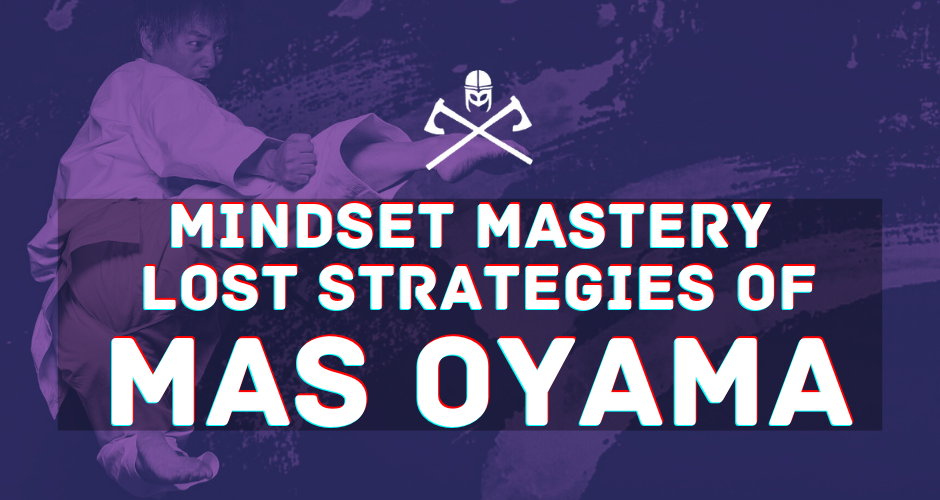
by Gene Crawford | Aug 25, 2025 | Podcast
Step into the world of Mas Oyama, founder of Kyokushin Karate, and discover how his philosophy can reshape your mindset. From self-exile and brutal mountain training to the principle of Ichigeki Hisatsu, “one strike, certain death,” Oyama’s journey reveals the power of total commitment and resilience. We explore his famed 1,000-day rule, a lesson in patience and persistence that stands in stark contrast to today’s culture of instant gratification. Through Oyama’s example, learn how embracing discomfort, eliminating retreat, and training the mind before the body can ignite your inner warrior and forge an unbreakable spirit for life.
(more…)
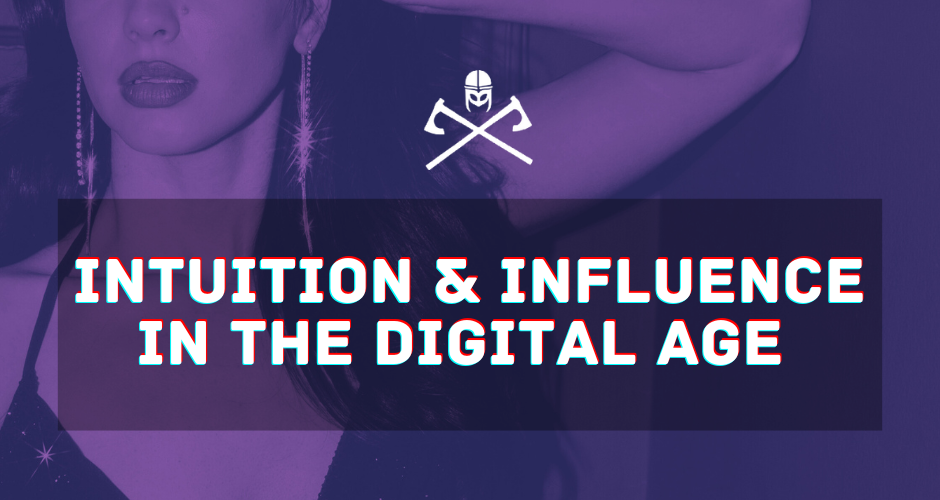
by Gene Crawford | Aug 18, 2025 | Podcast
A wide-ranging episode featuring Mark Devine and Tony Blauer as we explore the power of intuition, from sensing danger in self-defense to reading subtle social cues in daily life. We then dive into how social media has redefined fame, examining the antics of Elon Musk and Kevin Durant to show how platforms manufacture virality and blur the line between notoriety and influence. Shifting gears, we unpack marketing’s obsession with buzz over clarity, using American Eagle’s Sydney Sweeney campaign as a case study, and discuss Gen Z’s workplace challenges with feedback and fundamentals. We round out with humorous takes on persistent sales tactics and Mark Zuckerberg’s martial arts pursuits, blending insight, critique, and a dash of levity.
(more…)

by Gene Crawford | Aug 11, 2025 | Podcast
Aaron and I explore Elon Musk’s controversial productivity methods, cutting meetings, ditching jargon, and challenging workplace hierarchies, alongside the importance of structure and respect. Shifting to martial arts, we unpack the controversy of Moneyberg’s rapid black belt and contrast it with Helena Crevar’s inspiring rise under John Danaher. Featuring insights from Secret Service veteran Scott Bryson, we share self-defense strategies, mindset tools, and training frameworks that build real-world awareness. This episode delivers hard-hitting lessons on leadership, integrity, and personal growth, on and off the mat.
(more…)
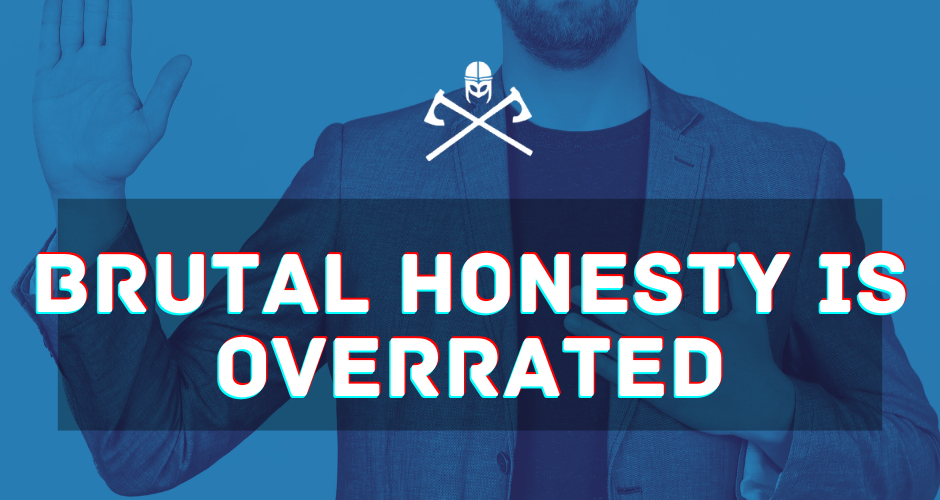
by Gene Crawford | Aug 4, 2025 | Podcast
After earning a red card at a youth soccer game, Aaron and I reflect on emotional control, brutal honesty, and the power of self-censorship. Inspired by Jefferson Fisher and “Self-Censorship Is Actually Good,” we role-play ways to speak truth with empathy. From sideline chaos and parenting stress to stoic communication principles, this episode blends humor, humility, and hard-earned lessons. Learn to navigate social tension, say “no” with confidence, and speak wisely—especially when emotions run high.
(more…)
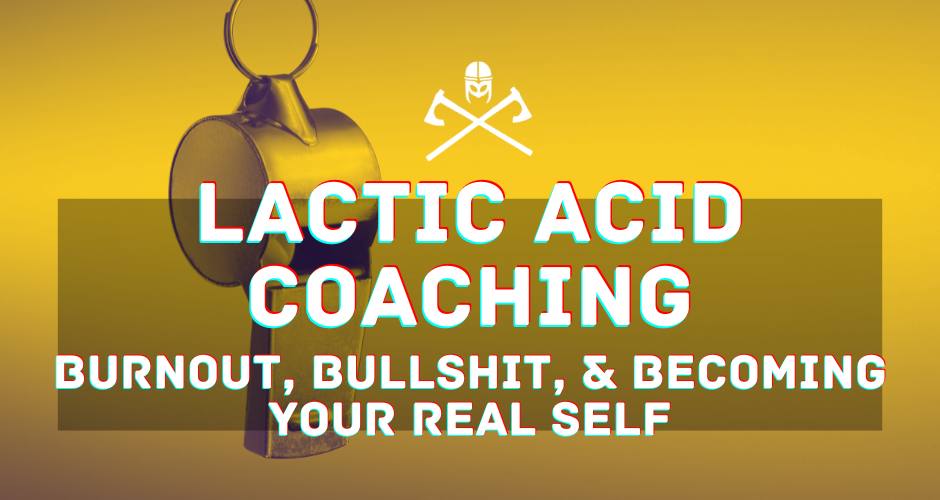
by Gene Crawford | Jul 28, 2025 | Podcast
Greg Storey (LinkedIN, Same Team Partners) joins us to explore “Lactic Acid Coaching,” a raw approach to personal growth rooted in discomfort, honesty, and dismantling imposter syndrome. We discuss modern career transitions, Greg’s Jump Ship program with Ryan Rumsey, and how today’s challenges demand new coaching strategies. From accountability to AI’s role in self-development, we uncover tools for resilience, clarity, and confidence in an unpredictable professional world, where the real work begins in the most uncomfortable places.
(more…)
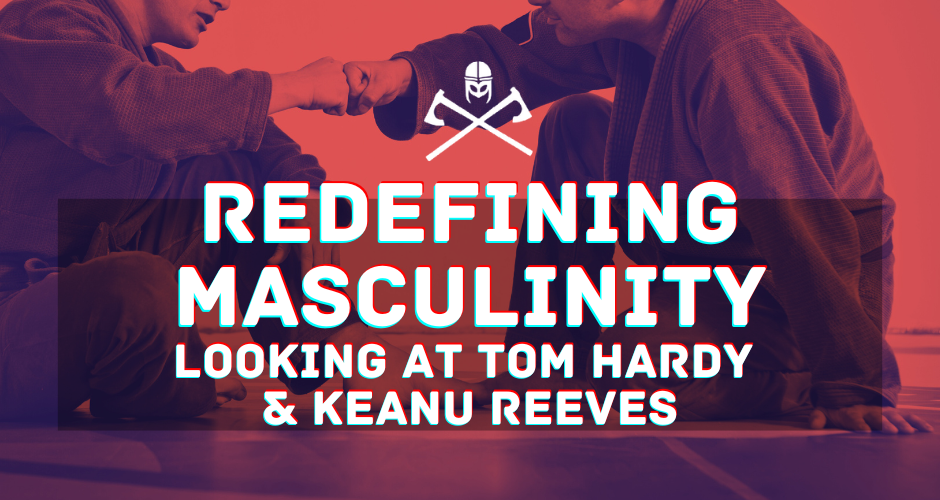
by Gene Crawford | Jul 21, 2025 | Podcast
What defines real masculinity in a world full of noise and posturing? In this episode, we examine the quiet strength of Tom Hardy and Keanu Reeves—two men who embody humility, discipline, and dedication without seeking validation. From Hardy’s jiu-jitsu tournaments to Reeves’ relentless film prep, we explore how martial arts and consistent practice reflect true inner strength. Contrasting their grounded ethos with the spectacle-driven antics of “manfluencers,” we highlight the value of self-improvement over performance. Tune in for a powerful reflection on authenticity, presence, and redefining masculinity through silence, discipline, and an unwavering commitment to personal growth.
(more…)

by Gene Crawford | Jul 14, 2025 | Podcast

Author and modern masculinity advocate Kelvin Davis joins us to explore the difference between being a “nice guy” and being a good man. Drawing from his upcoming book, Kelvin shares seven transformative principles—from setting boundaries to self-respect—that challenge performative niceness and promote authentic integrity. We dive into how social media often rewards superficial validation over sincere action, and why honest communication matters more than ever. Kelvin reflects on his inspiring journey—from a childhood dream sparked by a JCPenney ad to founding Notoriously Dapper, overcoming body-shaming, and building a modeling career rooted in body positivity and self-worth. He opens up about personal growth through therapy, quitting alcohol, and reevaluating relationships during the pandemic. This candid conversation highlights the power of self-reflection, discipline, and internal validation. Whether you’re navigating modern relationships or redefining your role as a man, this episode offers grounded insight into becoming the kind of man who leads with honesty, respect, and purpose.
(more…)
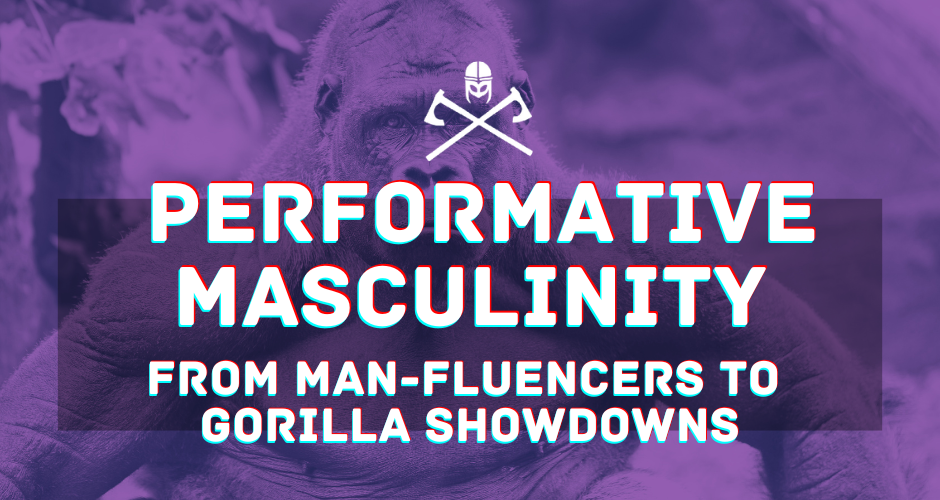
by Gene Crawford | Jul 7, 2025 | Podcast
This episode tackles the spectacle of performative masculinity and the rise of man-fluencers like Liver King, Wes Watson, and Jack Donovan. We expose the marketing behind ancestral tenets, supplement empires, and controversial ideologies. From Liver King’s arrest to Jack Donovan’s far-right leanings, we question what’s real versus contrived. We highlight the contrast between performative posturing and authentic growth, featuring a post from Kelvin Davis as a grounded example. We also critique how workouts like Murph get hijacked by social media. Wrapping with a wild gorilla-versus-humans debate, this episode blends serious critique with humor to explore what masculinity really means today.
(more…)

by Gene Crawford | Jun 30, 2025 | Podcast
In this episode, Aaron and I explore how AI is reshaping motivational content, from remixed clips of figures like Huberman and Dispenza to imagined mashups of Steve Jobs and Tony Robbins. We dive into the evolution of motivational media, questioning whether AI-enhanced messages empower or dilute the core message. Using stories like the Outdoor Boys’ content remixing, we examine what this means for creators and consumers. The takeaway: motivation has gone digital, but action still matters most. Whether crafted by humans or algorithms, the real growth comes when we turn inspiration into effort and move beyond passive consumption into real-world application.
(more…)
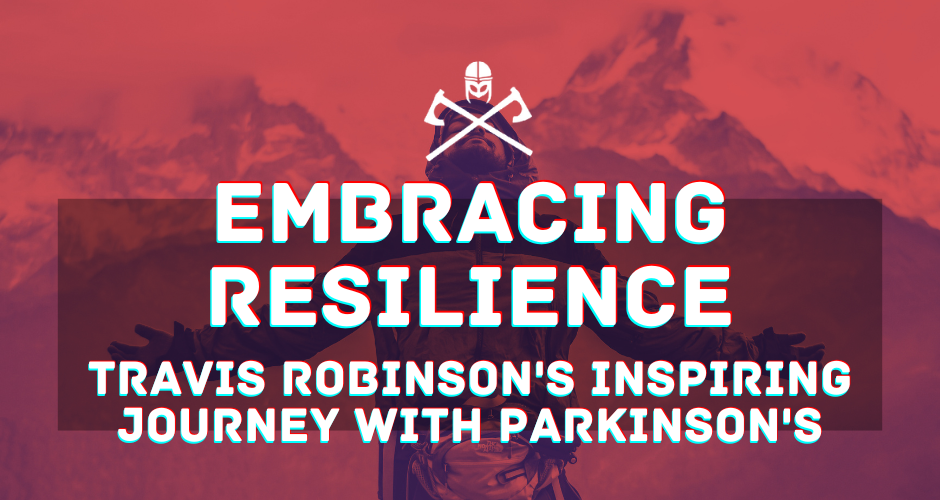
by Gene Crawford | Jun 23, 2025 | Podcast
Travis Robinson shares his powerful journey of resilience after a Parkinson’s diagnosis that was first misread as tennis elbow. From losing his home and gear in a devastating fire to reinventing himself through art and storytelling, Travis embodies grit and grace. His humor, creativity, and determination are a reminder that even in the darkest moments, we can find meaning.
I was and am truly humbled to speak with him and get to know him a little. He speaks slowly, so make sure you take the time to listen to his words, each one is thoughtful and powerful in their message. Tune in to hear how he keeps moving forward and why every day is worth showing up for.
(more…)
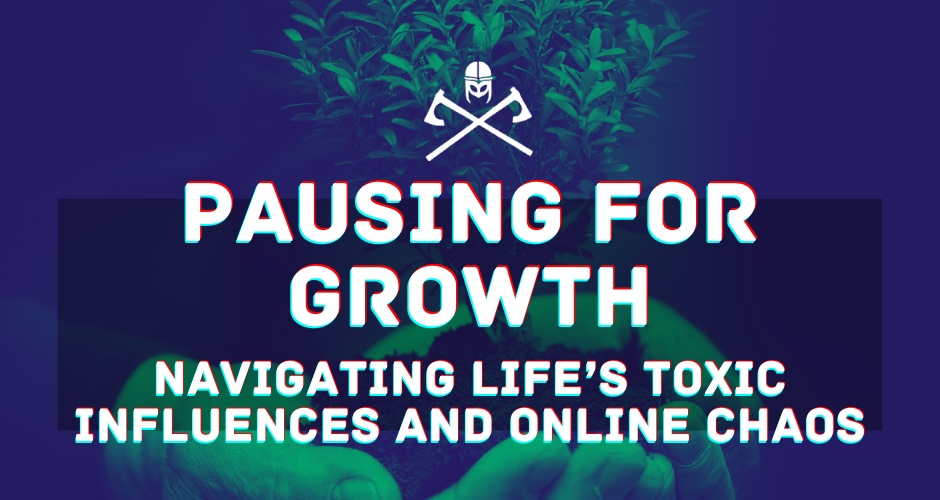
by Gene Crawford | Jun 16, 2025 | Podcast
Let’s unpack the power of intentional pause—how stepping back from distractions, toxic relationships, and the nonstop grind can spark surprising clarity and personal growth. Inspired by Mark Manson and grounded in real-life stories, we explore setting boundaries, embracing silence, and knowing when to walk away, or dig in. From parenting lessons to internet drama, we tackle the mental toll of energy drains and the value of strategic thinking in both relationships and work. Humor meets hard truths as we confront chaos, cut through the noise, and find strength in choosing peace over performance.
(more…)

by Gene Crawford | Jun 9, 2025 | Podcast
In this episode, we dive into the story of Zach Smith, co-founder of Anywhere.com, a travel company built on connection, resilience, and intention. Zach shares how a chance encounter in Costa Rica led to a business that now crafts immersive, locally guided journeys in developing countries. We explore how Anywhere.com fosters global understanding, the grit it took to overcome legal threats, and the strategy behind its growth. Zach also opens up about staying grounded through physical fitness and real-world engagement. His perspective challenges us to lead with presence, embrace cultural curiosity, and build something meaningful through persistence and purpose.
(more…)

by Gene Crawford | Jun 2, 2025 | Podcast
In this Debrief episode, we kick off with the bizarre trend of men shaving their eyelashes, a quirky gateway into a deeper discussion about how AI might be dulling our problem-solving and empathetic abilities. From there, we confront social media’s culture of complaint, emphasizing the value of personal accountability and small, consistent action. Shifting to leadership, we question the obsession with KPIs, advocating instead for empathy-driven innovation. Finally, inspired by figures like Anthony Mackie, we explore modern masculinity, physical readiness, and the power of using digital platforms for growth. Tune in for sharp insights on staying human in a hyper-digital world.
(more…)
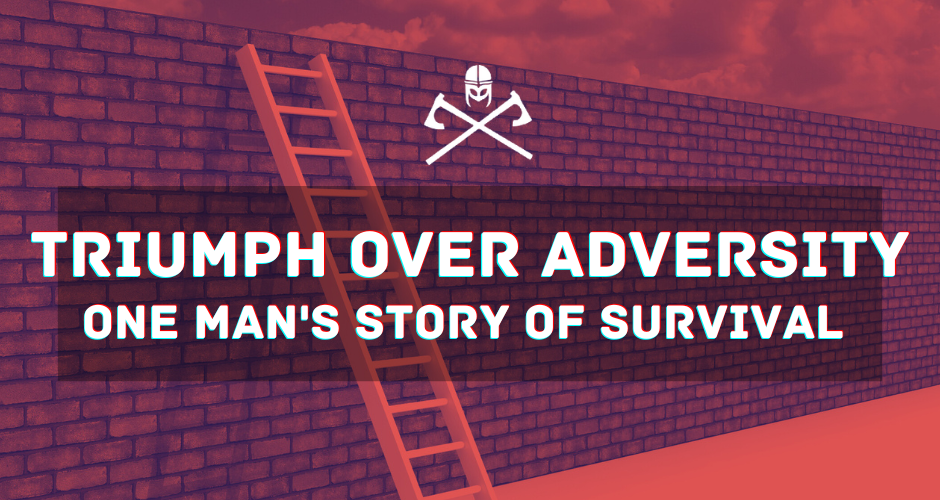
by Gene Crawford | May 26, 2025 | Podcast
We’re talking with Bill Phillips; retired Navy Commander, cancer survivor, and founder of the KFG Project. After a stage three colorectal cancer diagnosis, Bill leaned on the mental tools forged in military service to navigate the fight of his life. We explore how his mantra “Keep F*ing Going” became a lifeline and mission, now driving KFG’s work supporting veterans and first responders through cancer recovery. Bill shares raw insights on purpose after service, resilience through chaos, and the power of presence. This is a powerful conversation about grit, healing, and building a legacy through hardship.
(more…)
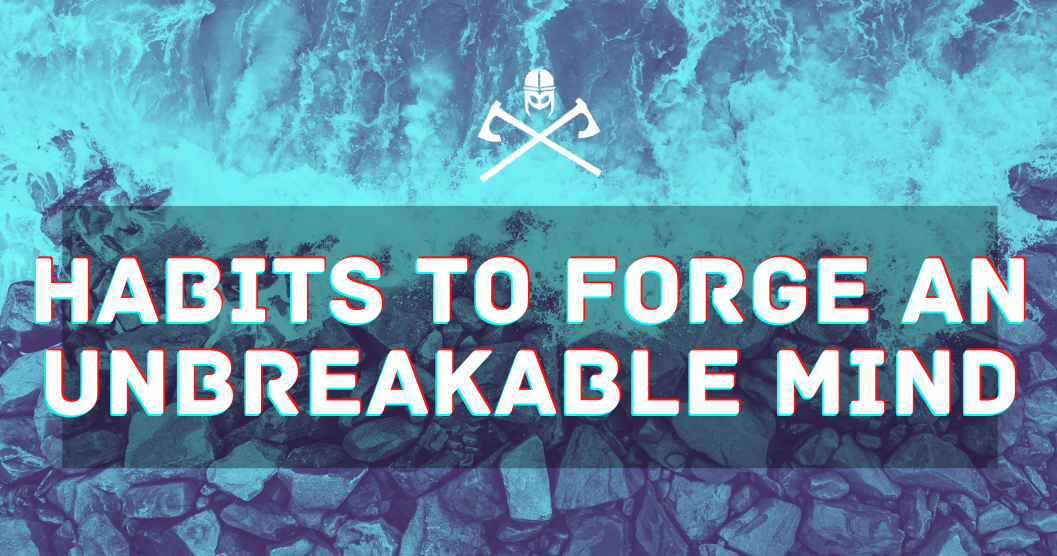
by Gene Crawford | May 19, 2025 | Podcast
Discover how to build mental resilience by adopting five powerful habits drawn from warriors like Jocko Willink, Miyamoto Musashi, and David Goggins. In this episode, we explore the strength of discipline over motivation, the value of voluntary hardship, and the role of self-reflection through tools like journaling and Naikan. Learn how digital detoxes and strategic disconnection can sharpen your focus, and why community support—or disciplined solitude, builds long-term grit. Whether you’re training your body or your mind, these foundational habits will help you forge unshakable mental armor and thrive in a world that demands clarity, strength, and resilience.
Distraction is the enemy of clarity
“You can’t sharpen your sword in a hurricane. And yet, most people live in one — a digital storm of alerts, opinions, fake urgency, and dopamine bait. Warriors think differently. We disconnect to reconnect.
(more…)

